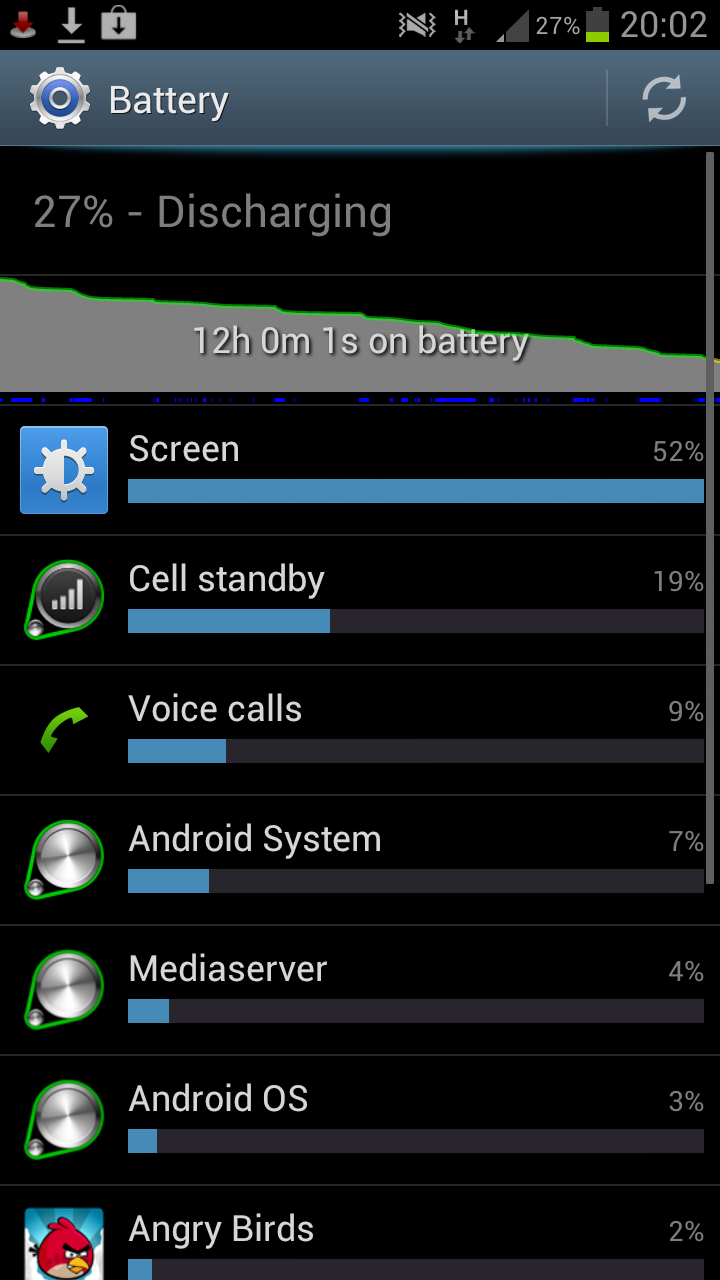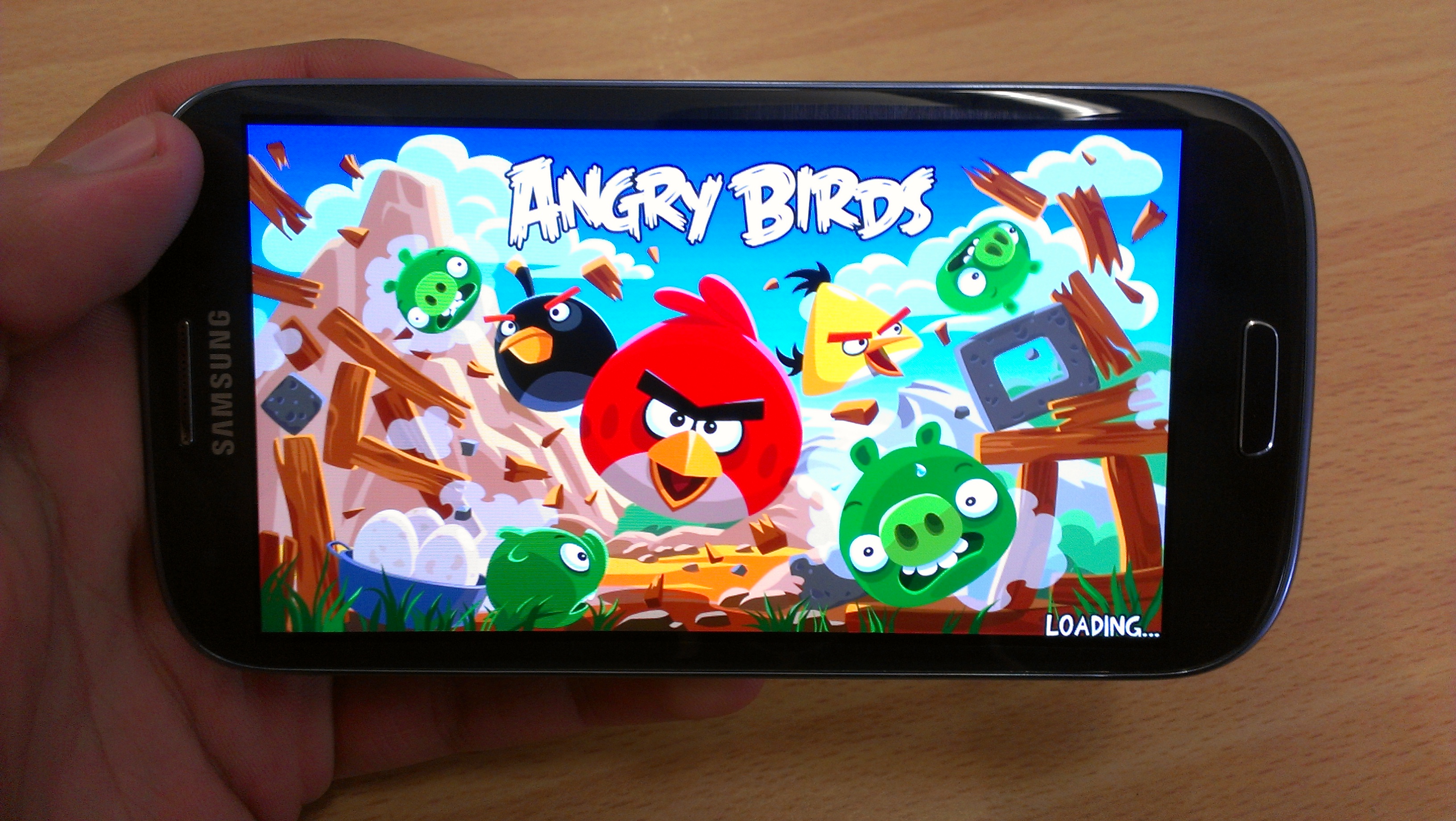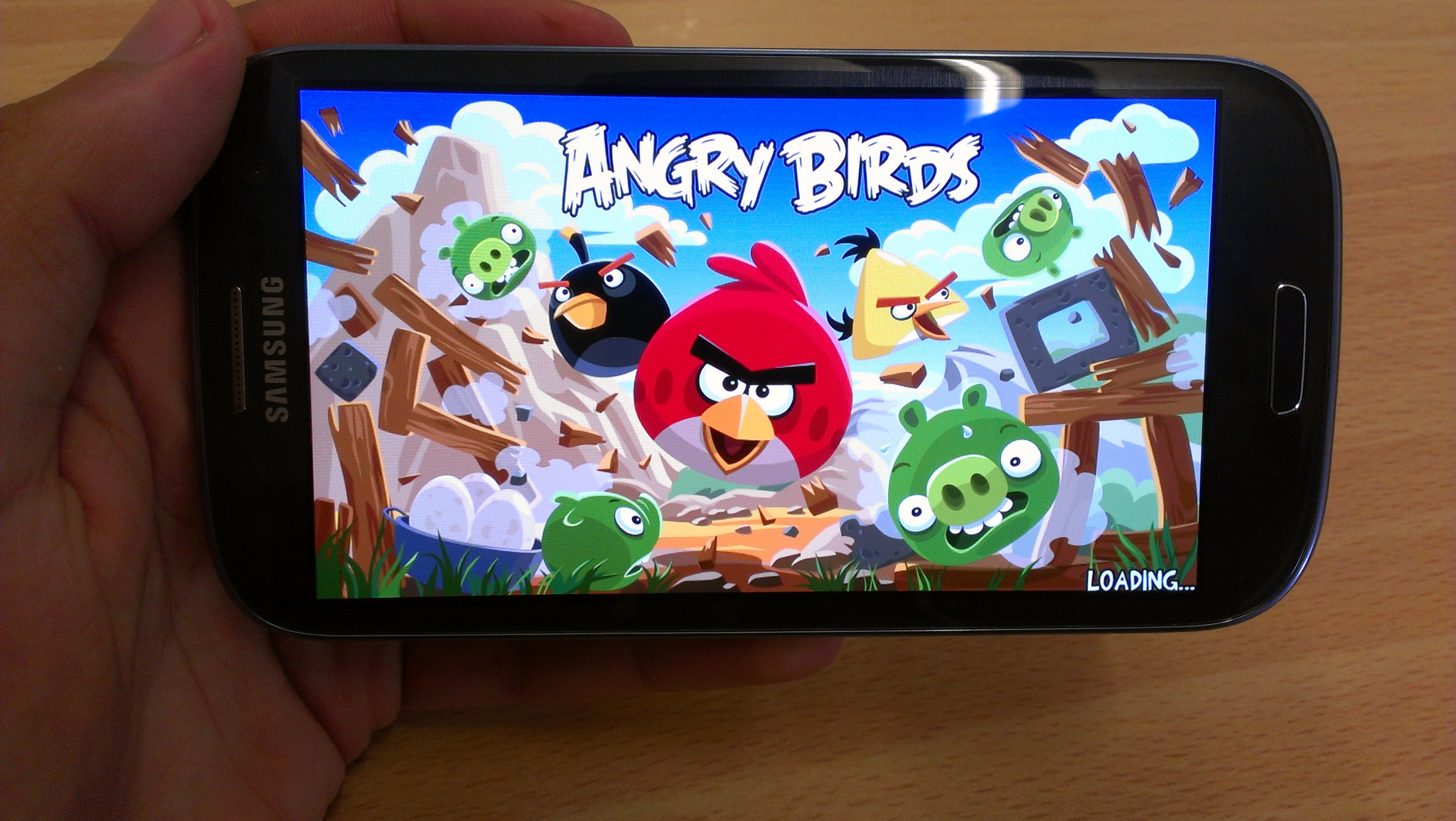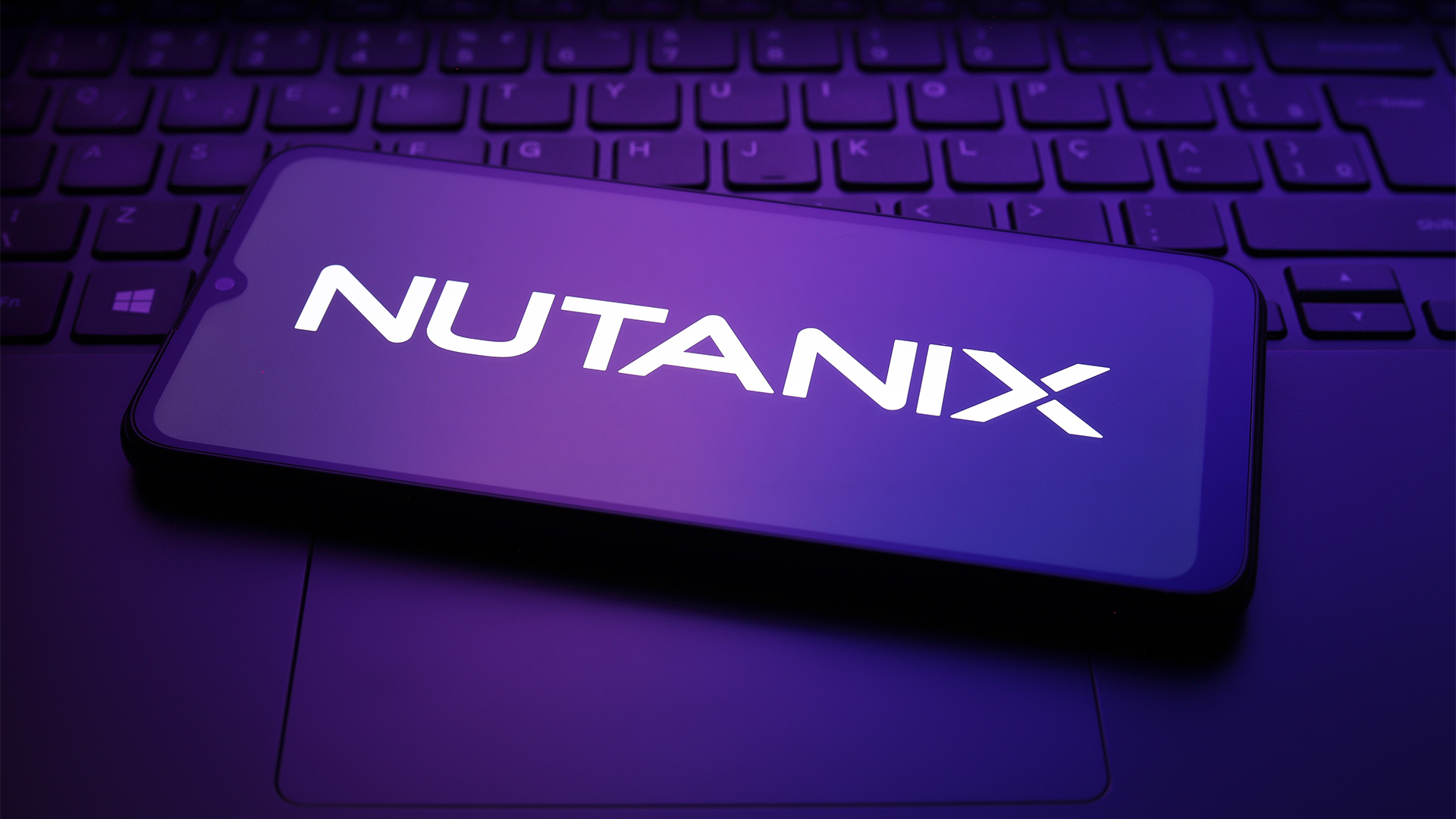Samsung Galaxy S3 Review: Best and worst features
The 4.8in device is one of the most highly anticipated Android devices of 2012. We go through the top five features of the Galaxy S3 and also point out its niggles.
We've found the positives far outweighed the negative aspects of the S3. The performance, screen and gestures are ahead of other Android devices on the market and make this the number one competitor to the iPhone 4S. In time we envisage Samsung will also be able to improve S-Voice as it's a server-based system and it should accumulate knowledge to answer questions. With the S3 available for free from as little as £26 per month, even the price is more than reasonable.
2. Battery
Samsung has nailed a key feature with the inclusion of the mammoth 2100mAh battery, and has managed to keep the handset weight down to 133g.
The S3 coped admirably with the enormous demands placed on it by the Super AMOLED HD display and quad core processor. We had high expectations that the handset would be the first smartphone to break the 12-hour barrier in our real-world usage test, and it did not disappoint.
During the test, corporate email, Gmail and Twitter accounts were set to push content throughout the day and we also carried out a range of tasks including web browsing and watching a 40 minute video. Brightness was cranked up to the maximum level, Wi-Fi remained off and battery saver was turned off.
The S3 powered through the entire 12 hour day and still had 27 per cent of the battery remaining. The screen was responsible for 52 per cent of the battery drain, mobile standby took up 19 per cent, voice calls 9 per cent and the Android OS 7 per cent.
With the ability to turn on a multitude of power saving options, it is possible to strength the battery life well beyond the 12 hour mark.

The 2100mAh battery helped the S3 power through the day and is one of the longest lasting we have ever tested
1. Screen
The Super AMOLED HD display with 1280 x 720 resolution is the best hardware feature. At 4.8in, it's big, but not overkill like the Galaxy Note (5.3in). So, you can still hold it to your ear without feeling embarrassed.
Sign up today and you will receive a free copy of our Future Focus 2025 report - the leading guidance on AI, cybersecurity and other IT challenges as per 700+ senior executives
On paper the display 306ppi pixel density may not match the iPhone 4S (326ppi), but this is irrelevant. The S3 renders colours superbly replicating shades which will make your eyes water. It's great for watching HD movies and videos from YouTube, but equally for viewing PDFs, word documents and emails, because the text is razor sharp.

The 'Standard' mode displays saturated colours and may not suit everyone

'Natural' mode is much easier on the eye, especially if you look at a display throughout the day
Samsung has even built in a control for users who don't like oversaturated colours. The natural' pre-set tones alters the colour temperature and contrast. We found this setting to be easy on the eye on the commute home, after a long day of using screens.
-
 CISPE claims European Commission gave Broadcom a ‘blank cheque to raise prices, lock-in, and squeeze customers’ with VMware deal
CISPE claims European Commission gave Broadcom a ‘blank cheque to raise prices, lock-in, and squeeze customers’ with VMware dealNews Cloud providers have issued a formal response to the General Court of the European Union after the Commission defended its approval of the deal
By Emma Woollacott Published
-
 Nutanix wants to help customers shore up cloud sovereignty
Nutanix wants to help customers shore up cloud sovereigntyNews New automation tools and infrastructure management capabilities look to tackle single-vendor dependency and shore up sovereignty requirements
By Ross Kelly Published
-
 The NCSC touts honeypots and ‘cyber deception’ tactics as the key to combating hackers — but they could ‘lead to a false sense of security’
The NCSC touts honeypots and ‘cyber deception’ tactics as the key to combating hackers — but they could ‘lead to a false sense of security’News Trials to test the real-world effectiveness of cyber deception solutions have produced positive results so far
By Emma Woollacott Published